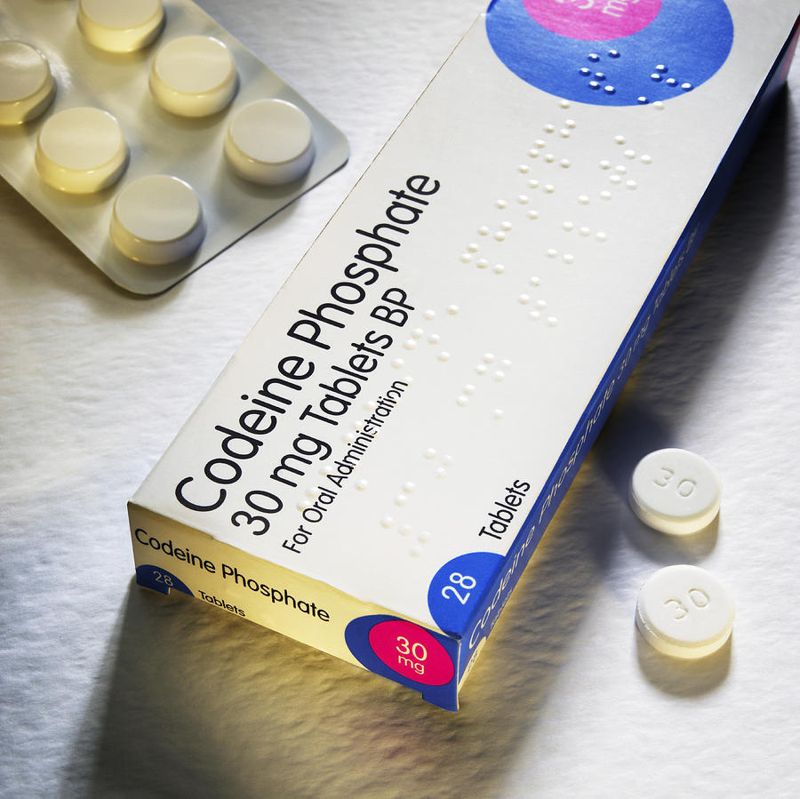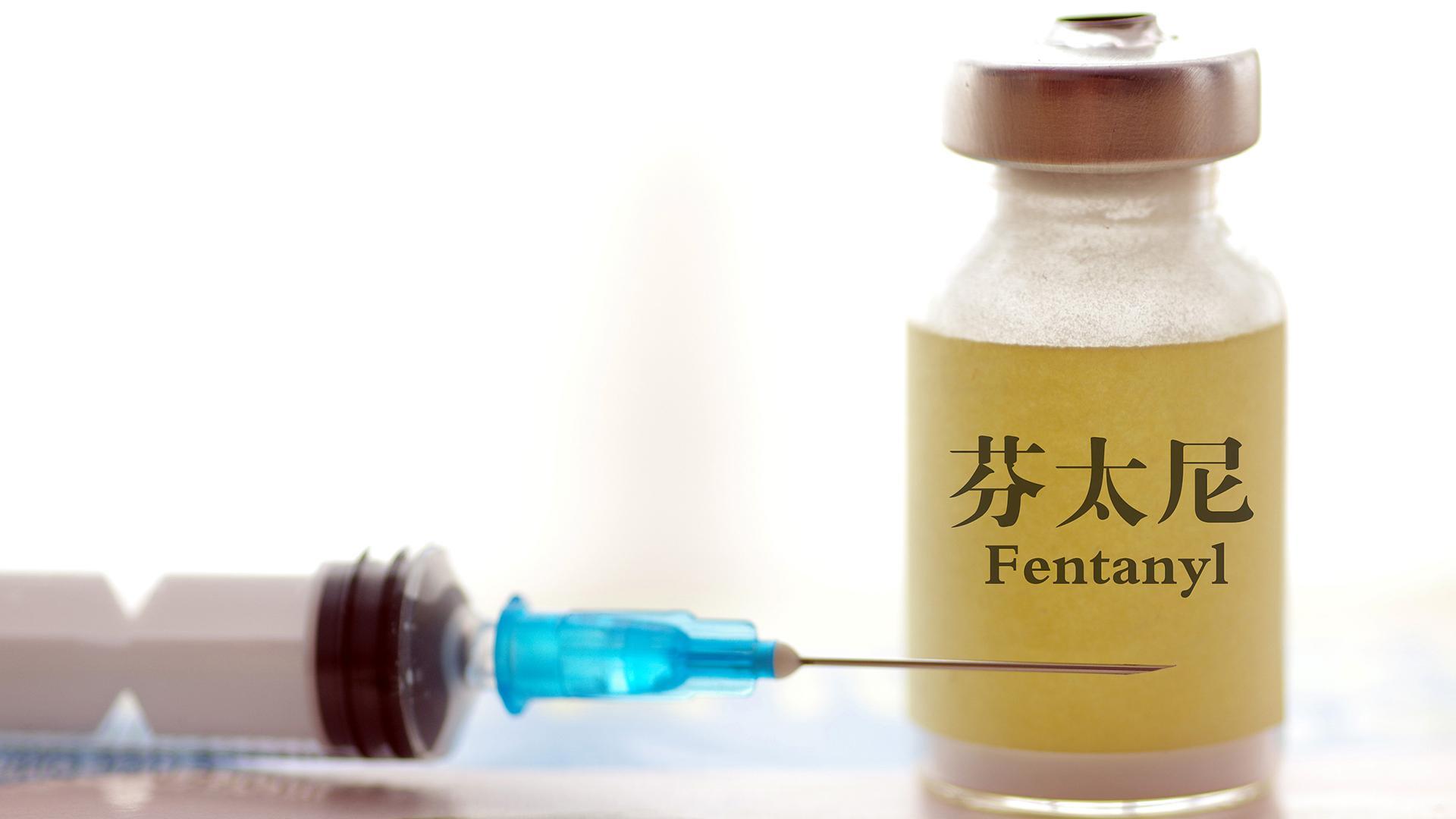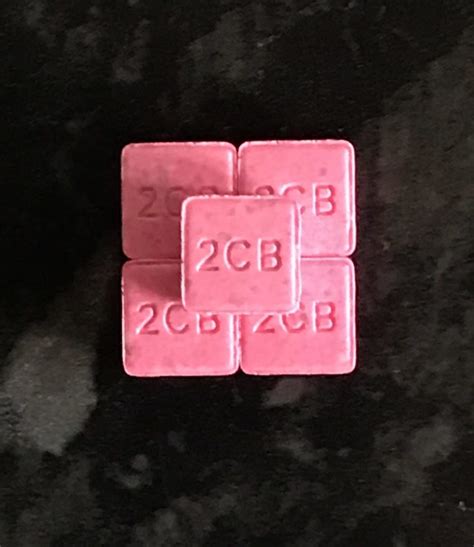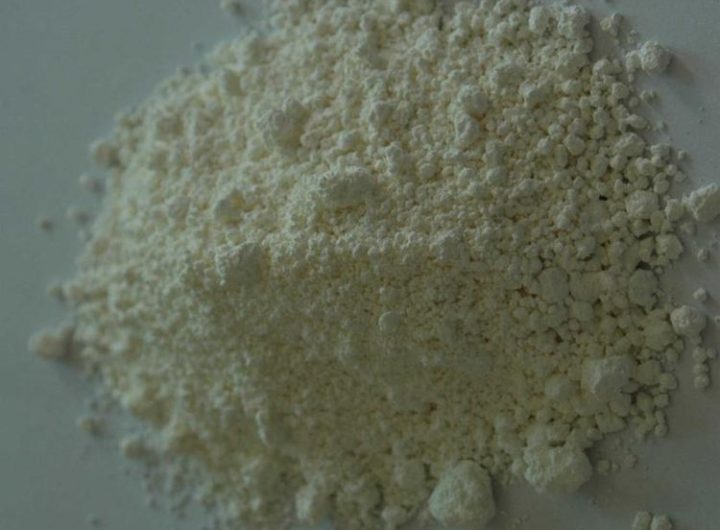
Barbiturates

Barbiturates are a group of medicinal substances derived from barbituric acid that have hypnotic, anticonvulsant and narcotic effects due to their depressing effect on the central nervous system. The duration of action of various barbiturates varies, which is due to the peculiarities of their transformation in the body and excretion from it (long-acting barbiturates are excreted mainly by the kidneys; barbiturates with a short duration of action are destroyed mainly in the liver). To obtain a hypnotic or soothing (1/3-1/4 dose, sleep-inducing) effect, drugs with a long (barbital, phenobarbital, barbital-sodium), medium duration (cyclobarbital, barbamyl, ethaminal-sodium) and short (hexobarbital) effect are used, depending on the nature of the sleep disorder. Barbiturates are administered orally in powders and tablets, as well as intramuscularly, intravenously (mainly for anesthesia) and through the rectum. phenobarbital (luminal)
Phenobarbital (luminal) and benzonal are taken in powders and tablets as anticonvulsants (for epilepsy). Hexenal, thiobutal and thiopental-sodium are used for anesthesia. Barbiturates are often combined with other sedatives, antispasmodics, cholinolytics and other means. Barbiturates are used in anesthesiology to prepare the patient for anesthesia – the preliminary administration of barbiturates enhances the effect of narcotic, local anesthetic and painkillers. With prolonged use of barbiturates, addiction and addiction to them may occur. The use of barbiturates sometimes causes allergic, as well as perverse reactions – anxiety, excitement.

Barbiturates entered medical practice at the beginning of the twentieth century. More than 2,500 barbiturates were synthesized and at the peak of their popularity, about 50 species were sold for consumption. Today, only about a dozen of them are accepted.
Barbiturate produces a wide range of disorders of the central nervous system, starting with mild sedation and reaching coma and is used as a sedative, hypnotic, analgesic or a remedy for convulsions. The initial distinguishing features between the types of barbiturate are the following parameters: how quickly they act and how long the effects of this influence last.
Barbiturates are classified into the following types: ultra short and short-acting, as well as actions of medium duration and long duration. Ultra-short-acting barbiturates have analgesic effects for about one minute after intravenous administration. Examples are those used in medicine: metohexital (brevital), thiamylal (surital) and thiopental (pentothal).
People who abuse barbiturates prefer barbiturate of short or medium exposure, namely pentobarbital (nembutal) and secobarbital (amital). Other barbiturates of short and medium duration of exposure include butalbital (fiorinal, fioricet), butabarbital (butisol), talbutal (lotusate) and aprobarbital (alurate). After the application of any of these drugs inside, the effect begins within 15 to 40 minutes, and the effects last up to 6 hours.
These substances are mainly used to calm down and induce sleep. Veterinarians use pentobarbital as an analgesic and a means for euthanasia (painless death).
Barbiturates of prolonged exposure are the following: phenobarbital (luminal) and mephobarbital (mebaral). The effects from these barbiturates appear after about one hour and last for 12 hours. In addition, they are used to calm down in the daytime and treat seizures or minor anxiety.
Barbiturates are sleeping pills to which addiction occurs with prolonged use. In recent years, they have become the subject of increased interest of substance abusers. Barbiturates are similar in structure to barbituric acid. In medicine, the following are most widely used – barbital, barbamyl, phenobarbital (also called luminal) and ethaminal – sodium. Abuse of barbiturates is typical for patients with alcoholism and opiomania. This may be due to the fact that the propensity to take barbiturates is inherited by the same mechanism as the propensity to consume alcohol and opiates. In addition to its main medicinal effect, barbiturates cause mild euphoria. This property of theirs attracts more and more people who abuse sleeping pills, and eventually becomes an end in itself for them. Unaware for the most part of the danger of uncontrolled intake of barbiturates, they can become physically dependent on them. And this dependence can be expressed in the form of a tenacious withdrawal syndrome. With a strong overdose of barbiturates (more than 4-6 g per reception), fatal outcomes are possible due to paralysis of the respiratory center and the development of coma. It should be borne in mind that with too frequent intake of barbiturates, their doses are summed up, which poses a serious threat to health even when taking relatively low single doses.
The effect of barbiturates is the opposite of that of amphetamines: they suppress the central nervous system. In small doses they act as tranquilizers, and in large doses they are sleeping pills. Sleeping with barbiturates is an abnormal sleep, because they suppress all types of normal activity during sleep.
Prolonged use of sleeping pills leads to a complete psychological shift, because the mind has no way to realize itself. Barbiturates cause suicidal tendencies. And here, as always with drugs, you need to know what you’re doing.
“The barbiturate consumer makes a repulsive impression. He has no coordination, he staggers and falls off the chairs in the bar, falls asleep in the middle of a conversation, food falls out of his mouth. He is shy, grumpy and stupid.”
During the seventies, barbiturists were perhaps the most frequent clients of drug agencies such as Lifeline. This is due to the fact that they tend to be those drug users who are least able to take care of themselves. Even the most desperate drug addicts treat barbiturists with contempt because of the troubles they invariably involve themselves in.
Barbiturates are a sedative medicine. They are usually prescribed as sleeping pills, but now their use for this purpose has almost completely stopped, although weaker representatives of this group, such as phenobarbital, can still be used to treat epilepsy. And yet, barbiturates appear from time to time. Usually in the form of: sodium amital – as a rule, bright blue capsules containing 60 mg of medication, seconal – orange capsules of 50 mg and, finally, tuinal, which is a mixture of 50 mg of amital and 50 mg of seconal, which, unsurprisingly, is available in half orange, half blue capsules. Whoever was responsible for the design of these capsules undoubtedly had the ability to sell drugs to opiates and hypochondriacs.
The first thing to understand about barbiturates is that these things are dangerous. I don’t mean dangerous in the sense of “heroin will kill you”, I mean, seriously, damn dangerous. Is that clear enough to you? In the seventies, many people died every year from barbiturate poisoning. Many of these people died simply by taking them as sleeping pills.
Usually everything happens as follows. You drink a little to fall asleep. Then take a couple of capsules of Nembutal (barbiturate) and pour yourself another while waiting for the drug to take effect. After a while, you don’t remember whether you took the capsules or not, so it’s better to take a couple more, for sure. They find your corpse in the morning. Even if you didn’t choke on your own vomit, your breathing gradually slowed down until it stopped altogether.
Like opiates, barbiturates are addictive, only to a greater extent. Taking them to fall asleep better, after a few days it becomes impossible to fall asleep without them. Like opiates, barbiturates are addictive, so you have to constantly increase the dose to get the same effect, but the most remarkable is withdrawal syndrome. If opiate withdrawal is a cold turkey, then withdrawal from barbiturates can be compared to a dead crow. In addition to obsessive need, discomfort and inability to sleep, barbiturate withdrawal also causes severe epileptic seizures.
No one dies from opiate lumps, but it is very possible with barbiturates, and even thinking about them is only under the supervision of doctors, preferably in hospital conditions.
The possibility of overdose greatly increases if barbiturates are taken intravenously rather than orally. Basically, barbiturates are used only by those people whose switches are set to automatic self-destruction mode, because this drug does not cause pleasant sensations at all. Barbiturates lack the euphoric potential of opiates and the socially smoothing properties associated with alcohol. They simply cause black and empty oblivion and, as such, will always be popular among people who hate themselves and their lives so much that their behavior is driven by the need to destroy the very possibility of thought and self-esteem.

 Cannabinoids
Cannabinoids  Codeine, Dihydrocodeine
Codeine, Dihydrocodeine  Opium antagonists
Opium antagonists  Fentanyl
Fentanyl  2C-B
2C-B  Cathinones
Cathinones  MGM-15
MGM-15  PiPTapentadol
PiPTapentadol  Methoxptamine (MXP)
Methoxptamine (MXP)  Nortilidine
Nortilidine